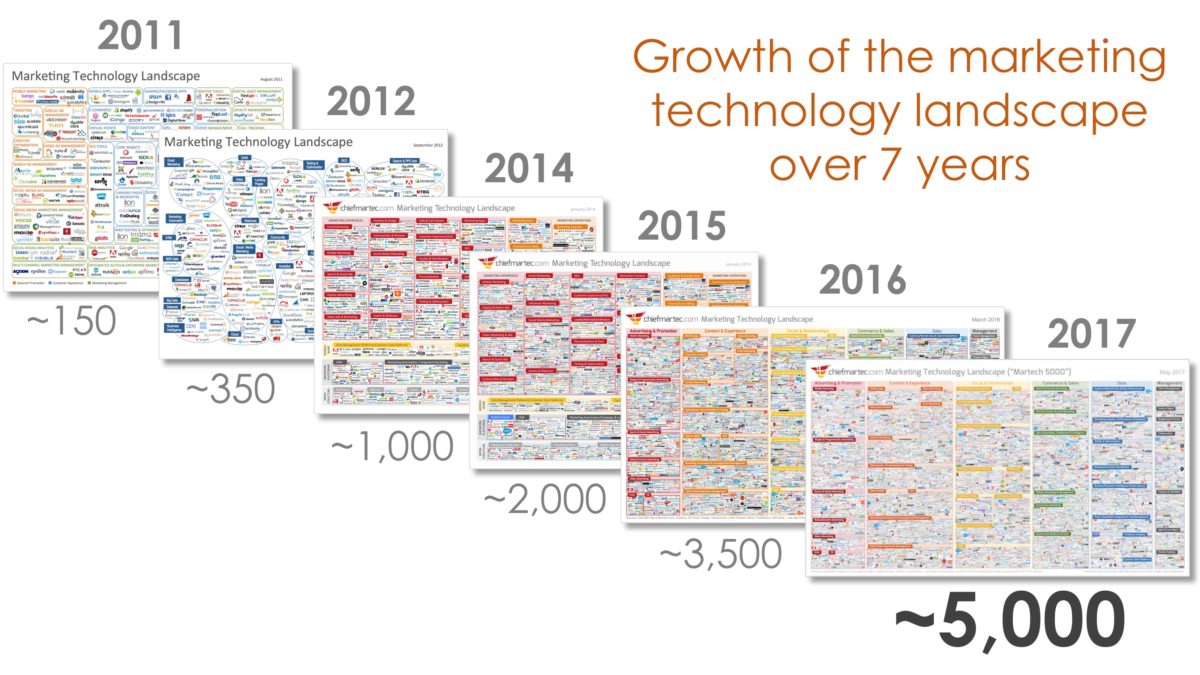Dealing with SaaS tool overload? Yea, me too. Maybe it's time you take a digital detox?
Yes, SaaS tools can be cool, but they can be a major time-drain which can hurt your productivity. In this post, I share my thoughts on how to deal with SaaS tools sprawl and implement some digital detox into your life.
There are the SaaS tools while I write this:
- Segment
- Hotjar
- Google Drive
- Google Docs
- Google Sheets
- cPanel
- Buffer
- Planable
- Slack
- Trello
- Zapier
- Drip
- Close.io
- Intercom
- Ahrefs
- Typeform
- Youcanbook.me
- Invisionapp
- Userpilot
- Optinmonster
- Postmarkapp
- PivotalTracker
- Pandadoc
- Stripe
And these are just the ones I can actually remember off the top of my head.
If I check my credit card statement, there for sure will be a couple of pleasant surprises there!
The point is, it’s a lot!
And this does not include:
- Chrome extensions
- Standalone apps like Sketch
- Development tools like Github, Sequel Pro, etc.
- PPC platforms (Facebook, Adwords, Quora, LinkedIn, Reddit)
Introducing SaaS Sprawl
I think there’s a word for this — saas sprawl.
Just look at this image!

And this is already outdated. Anyone got the latest pic? :p
And I don’t think I’m alone in this.
I’ve surveyed over 500 marketers, founders, and developers, and the average is around 8.7 SaaS apps, with a significant minority clocking in at +15 tools.
SaaS tools can be a huge time drain
It takes a certain amount of effort to switch and learn a new tool.
Every tool you use means:
- You spent time to decide that you need to use a tool like this to solve a problem
- You probably trialed it and a few competitors as well and gave them a test run
- You for sure spent at least 30 minutes reading reviews
- You definitely spent a good amount of time setting it up, learning how to use it, and putting it to work.
Dealing with SaaS Overload
If you suspect that you might be a victim of tool sprawl, the first thing you should do is audit your tools.
The MVP way to audit SaaS overload
- Create a Google Sheet and call it “Tool Audit” (Download example here)
- Column A: Tool name
- Column B: Tool website url
- Column C: Monthly cost
- Column D: Criticality to your operations [0-3]
- Column E: Is there a free way you could do this if you were more deliberate, mindful, and resourceful?
By creating a sheet-like this, silly expenses stick out.
Deciding to take a digital detox
If you feel like you are spending too much time thinking (or obsessing) about “which tool to use”, you might need a bit of a digital detox.
There’s a lot of talk about digital minimalism and going “manual mode.” And maybe that is what certain people need to break through their plateaus. Early-stage startups that don’t have tons of users and revenue yet could easily cancel their cold emailing software and benefit big.
They’d focus more on personalised 1:1 emails, and would get better results.
Quality always trumps quantity, especially when you still don’t have clear traction yet.
It’s how you forge your brand identify — when difficulty mode is on high.
Scaling things isn’t really something useful for most people to worry about.
That’s because most, don’t have anything signficant to scale yet!
Yes, tech can be cool, but guess what’s even cooler?
Doing deep and effective work that actually drives results.




